Jan 13, 2022 | Austria, Climate Change, COVID19, Energy & Climate, Sustainable Development
By Thomas Schinko, IIASA Equity and Justice Research Group Leader in the Population and Just Societies Program
IIASA researcher Thomas Schinko discusses the visionless outcomes of the recent UN Climate Conference (COP26) in Glasgow and an Austrian project he is involved in, which aims to co-create courageous and positive visions for a low-carbon and climate resilient future.
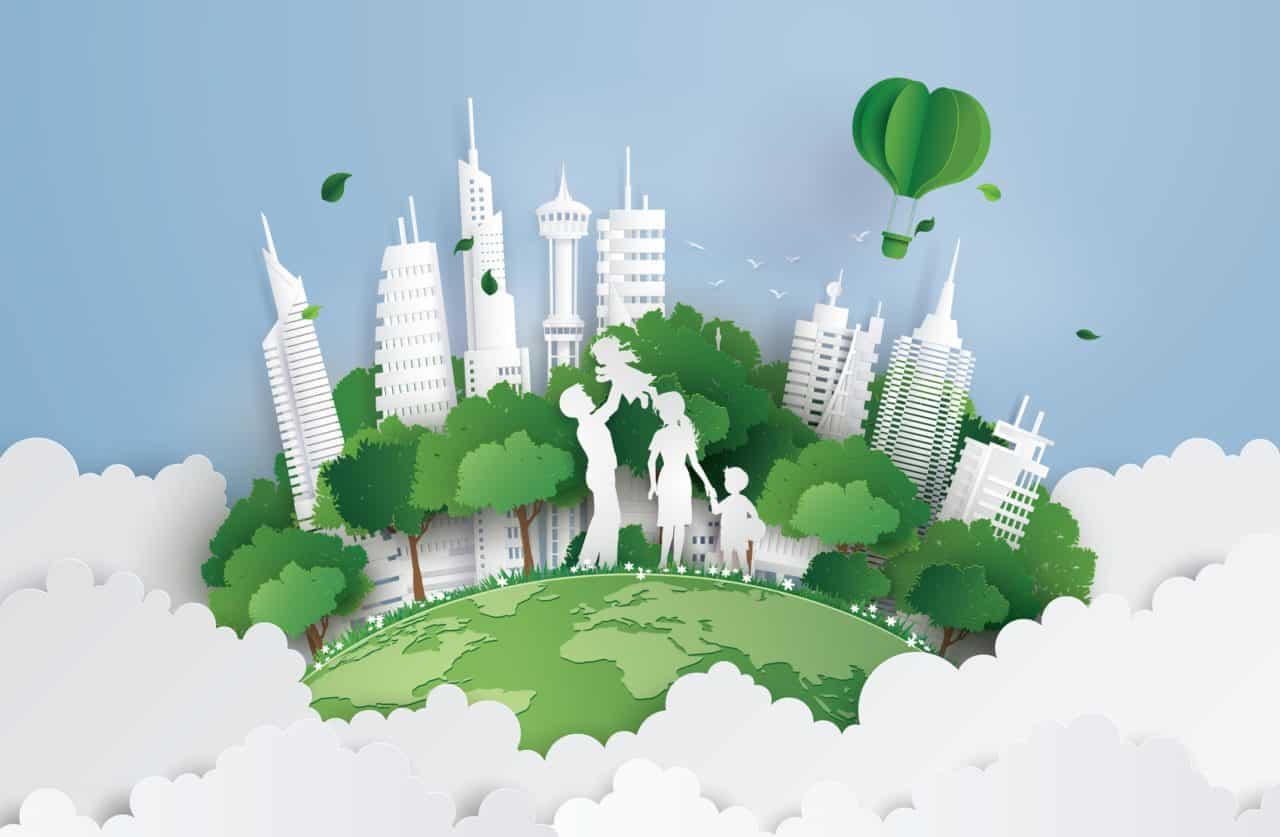
© Kengmerry | Dreamstime.com
In December 2015, the international community agreed to limit global average temperature increase to “well below 2°C” above pre-industrial levels and to pursue efforts to hold them to 1.5°C under a landmark agreement known as the Paris Climate Accord. At COP26, which many considered the real follow-up to Paris, nations were asked to present updated plans and procedures to deliver in Glasgow what Paris promised.
While this ambitious goal was not achieved with the Glasgow Climate Pact and many delegates speaking in the closing plenary expressed disappointment, COP26 President Alok Sharma said that at least it “charts a course for the world to deliver on the promises made in Paris”, and parties “have kept 1.5°C alive”. However, parties substantially differ in their views around whether COP26 actually kept the 1.5°C target within reach.
In the time between Paris and Glasgow, we have seen the climate crisis unfolding in almost all parts of the world, with record heatwaves, storms, heavy rains, floods, droughts, wildfires, rising sea levels, and melting glaciers, to name but a few. At the same time, and notwithstanding many nations’ existing mitigation pledges, global greenhouse gas (GHG) emissions are still on the rise, and despite the small temporary dent to the upward sloping curve induced by COVID-19 pandemic related impacts on the world economy, there is no turning point in sight. While more and more nations are setting net-zero targets towards the middle of the century – most recently India announced reaching net-zero at COP 26, although only by 2070 – there is still a lack of intermediate steps, concrete measures, and financing strategies around how to achieve those targets.
What we need to achieve climate neutrality by mid-century and thereby stand a decent chance of preventing the worst effects of the climate crisis, is an immediate and drastic U-turn in the global GHG emission trajectory, rather than slowly reaching a turning point. The cuts required per year to meet the projected emissions levels for 2°C and 1.5°C are now 2.7% and 7.6% respectively, from 2020 and per year on average. This in turn requires sudden and drastic climate action at different policy and governance levels, rather than some incremental policy and behavioral changes.
However, many policy- and decision makers, as well as other societal stakeholders, consider such radical change impossible. I am positive we have all heard many excuses for slow progress in climate action, including that people won’t tolerate any climate policy measures that would require a palpable change in their lifestyles, habits, and routines; or that there is no money after carrying our economies through the economic crisis induced by the COVID-19 pandemic. Other favorites are that “there is no alternative to our growth-based economic model”; or “our industries cannot just change their business models from one day to another”.
Overall, such excuses are blatant manifestations of a more general observation: At the heart of political failure there is often a lack of imagination or vision. One might argue that the policy responses to the COVID-19 pandemic have shown that governments are able to actually govern, and people were ready to profoundly change their behaviors. However, the overarching policy narrative was suggesting that these changes are all temporary and that once the pandemic is under control, we will move back to the pre-crisis state. In the context of the climate crisis and other closely related grand global challenges such as the biodiversity crisis, a “back to the future” narrative is at least useless and in the worst case even counterproductive.
To operationalize the Paris Agreement’s 1.5°C goal and the follow-up Glasgow Climate Pact, we need courageous forward-looking visions that go beyond technology scenarios by describing what a climate neutral and resilient society could look like in all its complex facets. Last minute interventions at COP26 to tone down the Pact’s wording on fossil fuels to “phasing down” unabated coal power and “phasing out” inefficient fossil fuel subsidies, have proven once more that international climate policymaking is a tough diplomatic struggle, but also that it still suffers from a chronic lack of imagination at all levels.
Also at the individual level, recent research has found that while citizens are alarmed by the climate crisis, few are willing to act proportionately as they lack a clear vision of what a low-carbon transformation actually means. If we are not able to develop courageous visions of low-carbon and climate resilient futures that generate broad societal buy-in, we will not be able to identify and implement radical and transformational climate actions that will catapult us onto the low-carbon trajectories that have been laid out by scientists for achieving the 1.5°C goal. Hence, these visions need to be co-created with all relevant societal stakeholders that have a legitimate claim in the low-carbon transformation of our societies.
In developing such joint visions, it is of the utmost importance to first understand and eventually negotiate between different imaginations of a livable future and perceptions of what constitutes fair outcomes of, and just process for this fundamental transformation our societies will have to undergo.
In Austria, as in many other countries, national and sub-national governments are announcing net-zero targets and starting to think about the strategies and measures needed to achieve those. With a transdisciplinary group of researchers, practitioners, and policy- and decision makers, we are developing a participatory process for Styria, one of Austria’s nine states, that aims to co-create courageous and positive visions for a low-carbon and climate resilient future with a representative group of about 50 people. The central building block of this process is a co-creation workshop called “climate modernity ̶ the 24-hour challenge”. This weekend workshop will not take up more than 24 hours in total of participants’ time and it not only aims to imagine visions, but also to back-cast from these visions what is required to achieve them.
With this process, we set out to support the development of a new, politically as well as societally feasible, climate, and energy strategy for Styria. The Klimaneuzeit website, which includes an online application form that allows for eventually inviting a representative group of participants, has just been launched. Stay tuned to find out more about our lessons learned in co-developing this visioning process and implementing this prototype in Austria.
Note: This article gives the views of the author, and not the position of the Nexus blog, nor of the International Institute for Applied Systems Analysis.
Oct 6, 2021 | Food, Sustainable Development, Wellbeing
By Frank Sperling, Senior Project Manager in the Integrated Biosphere Futures Research Group of the IIASA Biodiversity and Natural Resources Program
Frank Sperling shares his reflections on issues around sustainable and transformational food production in the context of the UN Food Systems Summit.
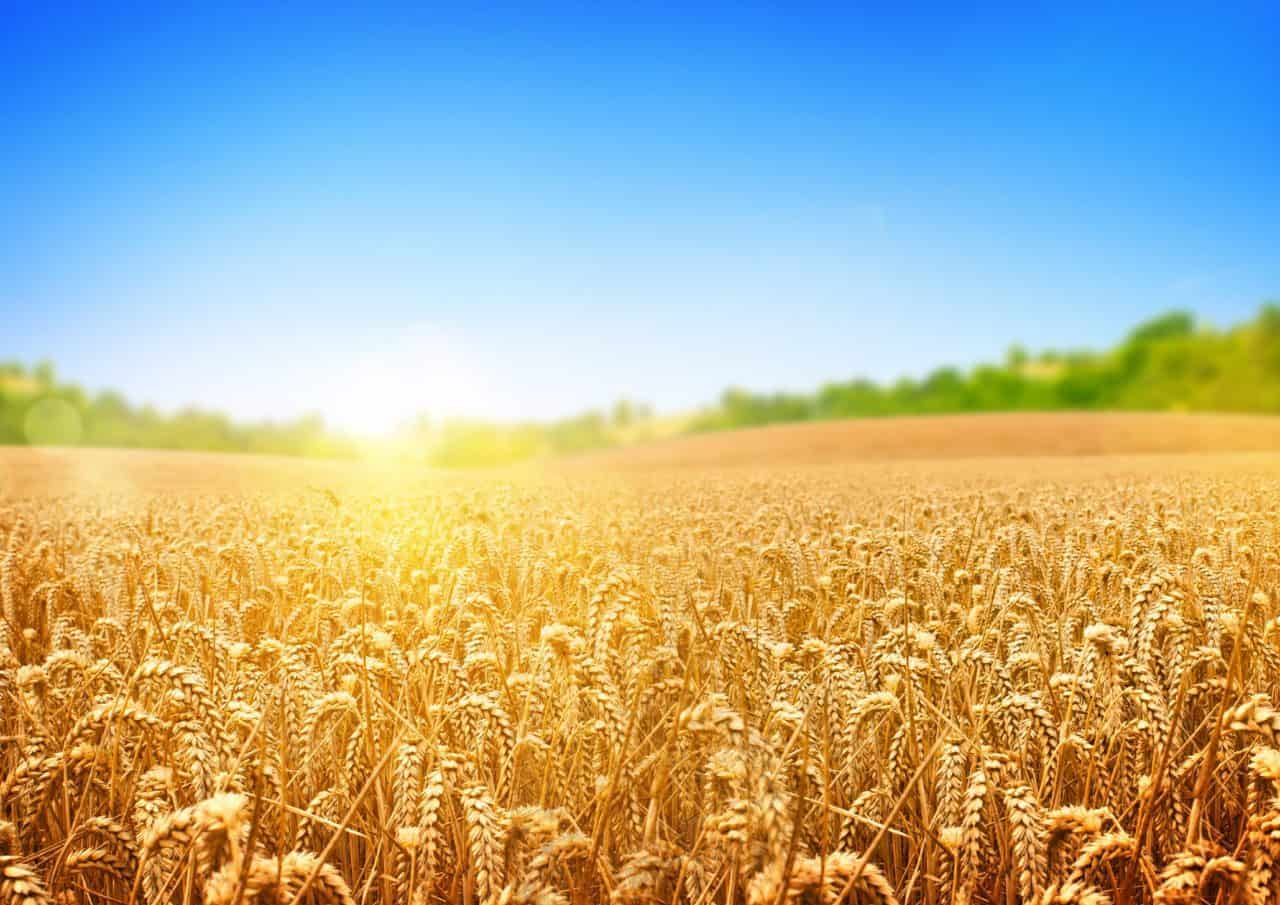
© Solarseven | Dreamstime.com
Bringing together stakeholders from around the globe, the United Nations Food Systems Summit (UNFSS) calls attention to the opportunities, challenges, and promises that the transformation of our food systems can hold to advance sustainable development.
This transformation needs to happen, while the ongoing Covid-19 pandemic reminds us of the manifold vulnerabilities embedded in our food systems, the inter-dependence of our societies, and the entanglement of human and natural systems. The increases in weather and climate extremes that can clearly be attributed to climate change, ongoing biodiversity loss, environmental degradation, and pollution further illustrate that food systems need to manage a broad range of compounding risks and pressures that play out over different spatial and temporal scales. Advancing and securing gains towards the Sustainable Development Goals (SDGs) will not only require meeting multiple economic, social, and environmental objectives, but also demand pathways that ensure a safe navigation through a treacherous and shifting risk landscape. But how do we build resilience into the food system while transforming it at the same time?
Great strides have been made in technologies and practices that can help food systems manage existing and emerging risks. For example, on the production side, timely access to seasonal forecasts and early warning information coupled with extension services can help farmers to make the right decisions for planting and to anticipate, adapt, and cope with possible shocks. Precision agriculture, which harnesses advances in technology to ensure optimal health and productivity of crops and soils, can reduce the need for inputs. Diversification of livestock and agricultural traits can help farmers to reduce production risks in marginal environmental conditions.
Minimizing the spillover risk of zoonotic diseases, mitigating, and adapting to climatic and environmental changes place additional demands on food systems, but also offer new opportunities. Living sustainably requires comprehensively managing land use, enabling for food production, but maintaining and recovering critical ecosystem goods and services, such as carbon and biodiversity. It requires advancing nature-based solutions, where nature is seen as an ally and not an adversary in delivering on development objectives. Strengthening natural capital accounting and incentivizing environmental stewardship by rewarding actors in the food system for efficient and sustainable management of natural resources, and appropriately informing consumer choices will be important ingredients in reducing the environmental impact as well as environmental vulnerabilities of food systems.
The transformation of the food system is an ongoing process. It is therefore important to understand the impact of different changes across the system. Shifts to healthier diets can have important co-benefits in reducing pressure on the environment and natural resources. Such transformation implies, however, that shifts in demand are also matched by shifts in supply, reflecting appropriate adjustments of agricultural production. To accommodate such system shifts and facilitate system transitions over time, the social resilience and adaptive capacity of society must be addressed accordingly.
Food systems operate at different scales, ranging from local to global. Consequently, the role of trade in ensuring food security and human welfare across a range of contexts is critical. Several countries are already dependent on food imports. Trade can help the food security of regions where agricultural activities become less viable with progressive climate change. At the same time, the changing exposure to socioeconomic and environmental risks arising from the increasing inter-connectivity of societies and economies also need to be addressed, as illustrated by the current pandemic. The evolution of food systems has been largely shaped by a drive for efficiency. We must now consider carefully where efficiency needs to be (counter)balanced with an effort to promote greater diversity, and where we must build in greater redundancy to help manage the variety of risks facing food systems.
Forward-looking approaches aimed at transforming food systems towards greater resilience and sustainability will require a suite of measures within, as well as outside food systems. Such measures entail helping livelihoods and sectors to reduce their vulnerabilities and risk exposure, while also enabling the agility of food systems to manage future risks, avoiding lock-in of structures, which would become mal-adaptive over time. Achieving such transformation will depend on increased collaboration and trust building across sectors, enabling innovation in technologies and practice, strengthening of training and capacity development, and on the improvement of safety nets for reducing vulnerabilities to shocks and managing the social transition. Above and beyond, it requires re-calibrating the connection of food systems with other sectors and systems, such as health, environment, energy, and infrastructure.
The UNFSS in conjunction with the upcoming UN Climate Change Conference in Glasgow (UNFCCC COP26), and the UN Conference on Biological Diversity in Kunming (CBD COP15), are a formidable call to action for political leaders, decision makers in the public and private sectors, scientists, development practitioners, civil society, and to society at large, to come together and jointly imagine and build resilient and sustainable food systems that place people and nature at the center before it is too late.
This blog post was first published on the website of the International Science Council. Read the original article here.
Note: This article gives the views of the author, and not the position of the Nexus blog, nor of the International Institute for Applied Systems Analysis.
Jul 29, 2021 | Korea, Science and Policy, Young Scientists
By Fanni Daniella Szakal, 2021 IIASA Science Communication Fellow
Despite the political challenges, 2021 YSSP participant Eunbeen Park is researching ways to restore forests in isolated North Korea.

© Znm | Dreamstime.com
North Korea is somewhat of an enigma and getting a glimpse into what transpires behind its borders is a difficult task. Based on our limited information, it however seems that its once luscious forests have disappeared at an alarming rate in the last few decades.
Deforestation in North Korea is fueled by economic difficulties, climate change, and a lack of information for effective forest management. As forests are recognized as important carbon sinks that are invaluable when working towards the climate goals established in the Paris Agreement, finding a way to restore them is imperative. Forests are also essential in solving food insecurity and energy issues, which is especially relevant in the face of the current economic hardship in North Korea.
Neighboring South Korea serves as a benchmark for a successful reforestation campaign after having restored most of its forest cover in the last half a century. South Korean researchers and NGOs are keen to support afforestation efforts in North Korea and it seems that the North Korean government is also prioritizing this through a 10-year plan announced by North Korean leader Kim Jong-Un in 2015. The strained relationship between the two Koreas however, often hinders effective collaboration.
‘’We are close to North Korea regionally, but direct connection is difficult for political reasons. However, many researchers are interested in studying North Korea and there are currently many projects for South and North Korea collaboration supported by the Ministry of Unification,” says Eunbeen Park, a participant in the 2021 Young Scientists Summer Program and a second year PhD student in Environmental Planning and Landscape Architecture at Korea University in Seoul, South Korea.
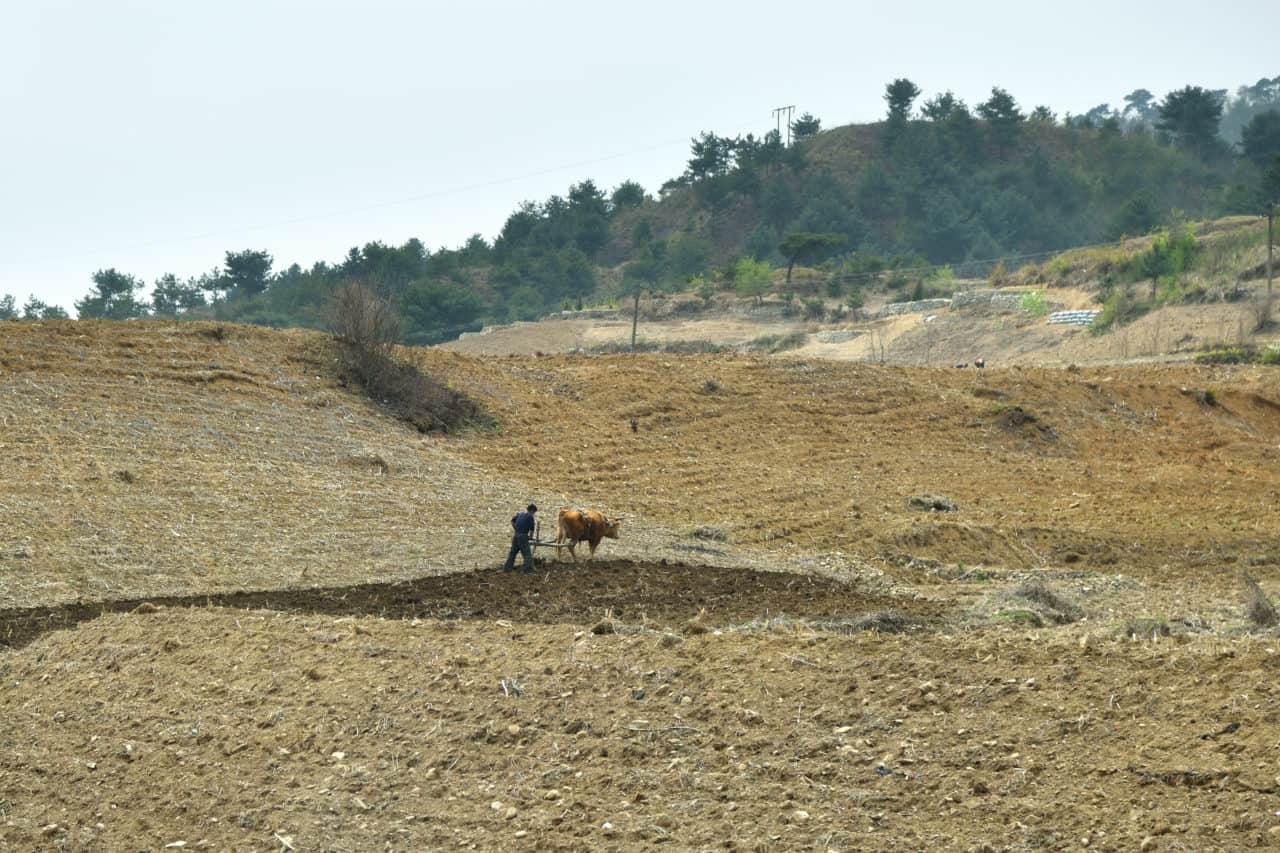
North Korean countryside © Znm|Dreamstime.com
Modeling afforestation scenarios in North Korea
Park specializes in using remote sensing data for environmental monitoring and detecting changes in land cover. During her time at IIASA, she will use the Agriculture, Forestry, and Ecosystem Services Land Modeling System (AFE-LMS) developed by IIASA to support forest restoration in North Korea.
First, Park will use land cover maps dating back to the 1980s to map the change in forest cover. She will then identify areas for potential afforestation considering land cover change, forest productivity, climate, and different environmental variables, such as soil type. She will also develop different afforestation scenarios based on forest management options and the tree species used.
According to Andrey Krasovskiy, Park’s supervisor at IIASA, when selecting tree species for afforestation we need to take into account their economic, environmental, and recreational values.
“From a set of around 10 species we need to choose those that would be the most suitable in terms of resilience to climate change and to disturbances such as fire and beetles,” he says.
Challenges in data collection
A major challenge in Park’s research is obtaining accurate information for building her models. If there is relevant research from North Korea, it is not available to foreign researchers and without being able to enter the country to collect field data in person, her research has to rely on remote sensing data or data extrapolated from South Korean studies.
Fortunately, in recent years, remote sensing technology has evolved to provide high-resolution satellite data through which we are able to take a thorough look at the land cover of the elusive country. Park will match these maps with yield tables provided by Korea University based on South Korean data. As the ecology of the two Koreas are largely similar, these maps are thought to provide accurate results.
Is there space for science diplomacy?
“Research shouldn’t have any boundaries,” notes Krasovskiy. “In reality however, the lack of scientific collaboration between research groups in South and North Korea poses a major obstacle in turning this research into policy. Luckily, some organizations, such as the Hanns Seidel Foundation in South Korea, are able to bridge the gap and organize joint activities that provide hope for a more collaborative future.”
Despite the diplomatic hurdles, Park hopes that her work will find its way to North Korean policymakers.
“I expect my research might make a contribution to help policymakers and scientific officials establish forest relevant action in North Korea,” she concludes.
Jul 8, 2021 | Biodiversity, Food & Water, Science and Policy, Young Scientists
By Neema Tavakolian, 2021 IIASA Science Communication Fellow
Young Scientists Summer Program (YSSP) participant Scott Spillias explores how the adoption of offshore seaweed farming could affect land use.
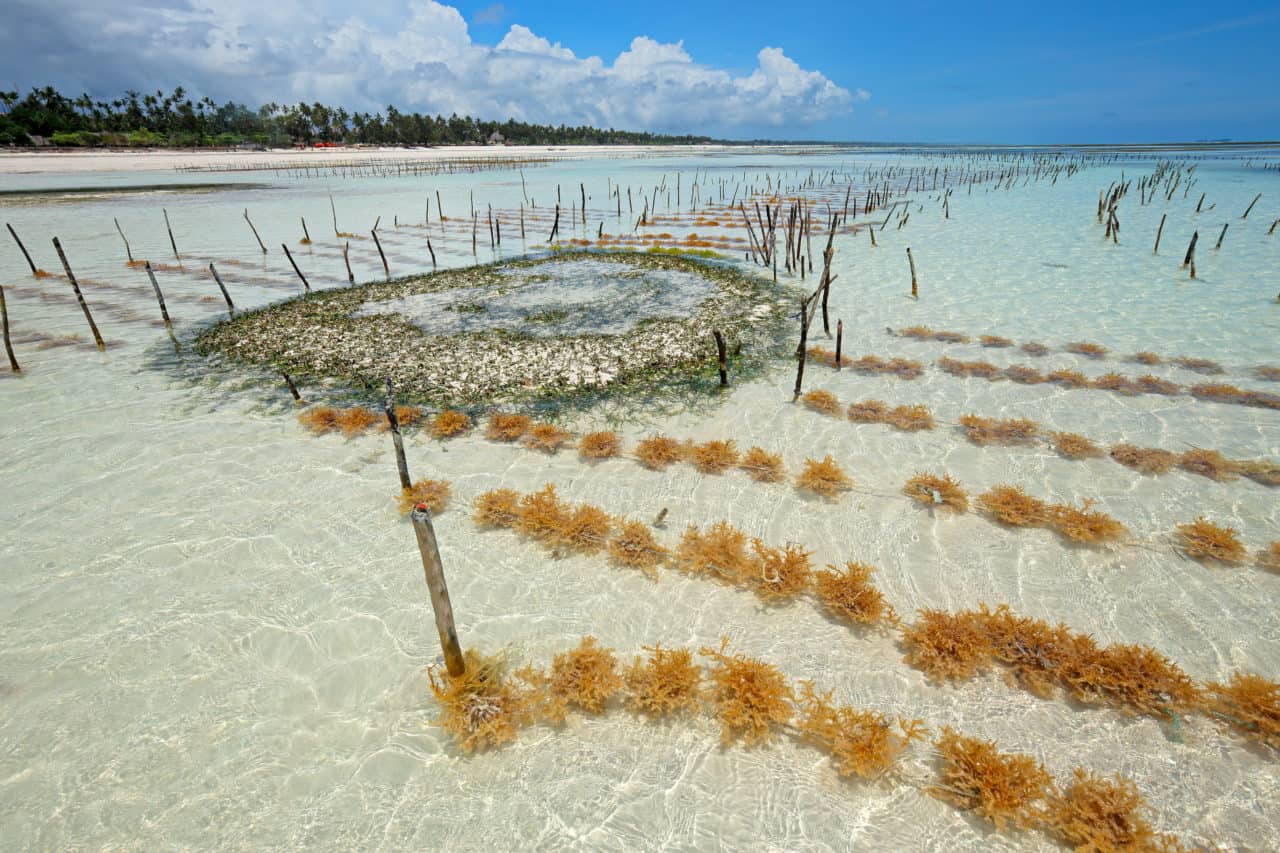
Seaweed farming in the clear coastal waters of Zanzibar island © Ecophoto | Dreamstime.com
Since the start of the industrial revolution, the Earth’s population has grown exponentially, and it is still growing every year. In addition to heavy population growth, human advances in medicine, science, and technology have allowed people to live longer lives as well. As more countries industrialize, the demand for land extensive commodities like meat and dairy have also increased. Deforestation has risen worldwide making way for cattle and other livestock grazing, and more of the food we grow is being dedicated towards livestock rather than human consumption.
With problems like unsustainable land use, climate change, and suburban sprawls in places like the United States and Australia decreasing available arable lands, this poses the question: is there any way we can feed a growing population without further damaging ecosystems and contributing to climate change? In addition to achieving this goal, we simultaneously want to promote equitable and just societies. 2021 YSSP participant Scott Spillias believes he might have a solution: seaweed.
Spillias has a background in marine biology and sailing. After years of sailing the world, he could see the alarming state of our oceans. Wanting to be part of the solution, he moved to Australia to study oceanic food systems, environmental economics, and environmental decision making at the University of Queensland.
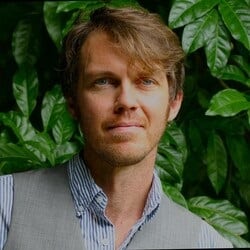
Scott Spillias © Scott Spillias
“We live on an ocean planet, yet almost all of the food we grow comes from land. When it comes to the sea, we are essentially just unsustainably hunting and gathering from our oceans. I want to know what it would look like if instead, we tried to farm them,” Spillias explains.
Spillias says that seaweed as an agricultural product is already useful with its range of uses including food, livestock feed, fuel, fertilizer, and multiple products in the form of hydrocolloids. Hydrocolloids, more commonly known as “gums”, are extracted from plants like seaweeds and algae; they are used as setting and thickening agents in a variety of products including foods and pharmaceuticals, often increasing shelf life and quality.
A University of California, Davis study found that incorporating seaweed in cattle feed could reduce methane emissions from beef cattle by as much as 82%. Moreover, seaweed’s broad range of uses can hypothetically decrease land usage in favor of sea usage. Seaweeds also serve many ecological roles such as filtering ocean waters, serving as nurseries for small fish and crustaceans, and protecting sea floors.
There are two types of seaweed farming in use today. In parts of China, South Korea, and Japan there is floating offshore seaweed production, where the seaweed is grown and harvested while floating in deep waters. Another form of seaweed farming seen in Indonesia, Tanzania, and the Philippines involves a different approach, where the seaweed is grown and farmed closer to the coast in shallower waters, or the intertidal zone. Both provide ecosystem services, jobs, and food for local populations.
As part of his YSSP project this summer, Spillias hopes to use the IIASA Global Biosphere Management Model (GLOBIOM) to determine land-use changes brought about by large-scale seaweed production.
“We are going to assume that the seaweeds we are growing will be for food, feed, and fuel. We are also taking certain constraints into consideration, such as the inability to place seaweed farms in high traffic shipping areas or marine protected zones. Getting rough estimates of seaweed production can then give us an idea of land commodities we can replace, for instance, corn used for biofuel,” he says.
Spillias hopes that this research can provide results that can influence policy.
“Locally, seaweed farming will either be beneficial or destructive – it depends on where you put it and how you do it. Zooming out and understanding how these tradeoffs relate to terrestrial production will give policymakers a clearer idea of whether to promote or restrict the practice.”
Note: This article gives the views of the author, and not the position of the Nexus blog, nor of the International Institute for Applied Systems Analysis.
Dec 17, 2020 | Climate Change, COVID19, Sustainable Development
By Greg Davies-Jones, 2020 IIASA Science Communication Fellow
Greg Davies-Jones finds out how COVID-19 has lightened the carbon footprint of IIASA and uncovers how the institute plans to integrate climate protection and sustainability into everyday research activities.
The impact of COVID-19 has been profound and pervasive, infiltrating deeply into many spheres of society. IIASA has not escaped the clutches of the pandemic either: The phrase ‘unprecedented times’ has become just as commonplace here at the institute as it has across the globe. Despite the overt and all too evident adverse consequences of COVID-19, there is a significant, albeit only temporary, positive aspect of a lockdown existence, namely a reduction in carbon dioxide (CO2) emissions.
At IIASA, the principal decline in CO2 emissions has been due to the drop-off in business travel. With individual mobility heavily restricted, travel arising out of research activities, meetings, and conferences has dropped to almost zero. To fill the void, the virtual world is rapidly becoming the everyday reality: Zoom calls, Skype meetings, audio hiccups, video glitches, and the occasional gallivanting toddler have fast become the norm in this new working world.

Schloss Laxenburg | ©IIASA
In the years to come, when the COVID-19 cobwebs are finally blown away (hopefully), might this new working world become more commonplace? A hybrid between the pre-COVID-19 and post COVID-19 worlds perhaps? One thing is certain: The continuation of business-as-usual will be catastrophic environmentally. A recent climate poll documented in The Guardian found despairingly that people are planning to drive and, in some cases, even fly more in the future than before the coronavirus pandemic. The dangerous inference that could be drawn from this is that, rather than merely a disconnect between individual actions and outcomes, there are conscious choices being made that are increasingly recognized as being highly inimical to the continued existence of most life forms on this planet.
Given the global shock to the economy, cost will also be a key factor influencing decisions in the post COVID-19 world. Virtual conferencing is pre-eminently a cheaper alternative. Although not a perfect substitute for in-person meetings – it does come with advantages (e.g., lower resource requirements and better accessibility) as well as disadvantages (e.g., lacking informal exchanges).
“Another aspect is inclusivity ̶ virtual conferencing affords people the opportunity to engage with relative ease (provided they have a sound internet connection), irrespective of their geographical location,” explains IIASA researcher Caroline Zimm.
Fellow researcher, Benigna Boza-Kiss, continues: “The virtual working world can be fruitful and effective, but we must be more strategic in how it is organized. Structured meetings with specific objectives planned in advance will allow for ineffectual activity and call-times, which similarly generate emissions, to be reduced.”
Notwithstanding these positives of a virtual working environment, there are some apprehensions, particularly regarding the impossibility of virtual platforms to meaningfully replicate certain types of social interactions, including those that occur outside structured sessions at conferences. Conversations beside the coffee machine, chinwags in the corridor, or even the post-work evening revelry – all such serendipitous moments and gainful interaction are considered invaluable in providing the ‘complete’ conference experience. Yet, the virtual world can offer other distinct advantages.
“In video calls and online conferencing platforms, it is not as daunting to ‘raise a hand’ or contact someone more senior. I have found that some people actually speak up more (often using the chat function) than they would in a physical conference setting. This means a shift in the networking dynamic and perhaps even greater inclusivity,” says Zimm.
The lightening of the carbon footprint of IIASA research ventures will likely be short-lived unless we make fundamental changes over the long-term. As the time window in which we can effectively act on climate change inexorably closes, it is imperative that we do more to attain the universal climate goals written into the Paris Agreement.
In light of this challenge, and considering the work of IIASA as a leader in environmental and sustainability studies, it feels appropriate to ask: Should the prevailing ethos of environmental institutes and practitioners therein openly acknowledge and embrace the responsibility to act as role models in reducing negative environmental impact? Put bluntly, should it be incumbent upon them to ‘walk the talk’? Are people more likely to respond to organizations and researchers that practice what they preach?
Many environmental institutes and researchers, at least nominally, would agree, but this purported espousal must be underpinned by concrete action. In 2019, IIASA joined forces with Climate Alliance Austria – an organization focusing on awareness-raising projects and activities to promote knowledge on climate issues and sustainable development. The IIASA-Climate Alliance mandate is to integrate climate protection and sustainability into everyday research.
To advance this philosophy, IIASA has formed an internal Environment Committee that focuses on nurturing more environmentally friendly processes and activities at the institute. To this end, the committee has organized an evaluation and is elaborating a strategy that includes developing Green Event Guidelines, powering IIASA with certified green electricity, and encouraging individual action with a ‘Bike to Work’ scheme.
For the most part however, these are all fledgling initiatives that require cultivation, top level support and leadership to ensure success. Moreover, these initiatives necessitate additional targeted and hard-hitting emission-mitigation strategies to avoid frustratingly commonplace ‘greenwashing’ and ensure decisive, positive internal climate action. More stringent measures, such as the institute’s proposed stricter sustainable procurement and travel policies, will arguably make a powerful and lasting contribution to this over-arching aim of “reconfiguring” IIASA as an employer that is doing all it can to implement and facilitate sustainable working practices for its entire workforce.
Note: This article gives the views of the author, and not the position of the Nexus blog, nor of the International Institute for Applied Systems Analysis.








You must be logged in to post a comment.